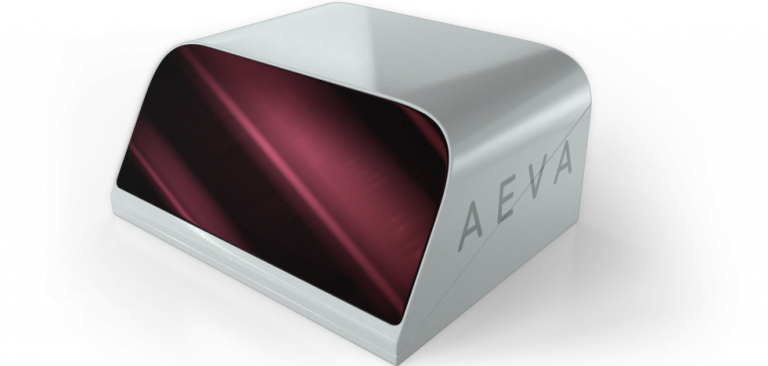California-based Aeva, a developer of sensing and perception systems, has announced that its 4D lidar sensors are now supported on the Nvidia Drive autonomous vehicle platform. The company’s frequency modulated continuous wave (FMCW) 4D lidar sensors are claimed to detect 3D position and instant velocity for each detection point, at distances up to 500m.
“Bringing Aeva’s next-generation 4D lidar to the Nvidia Drive platform is a leap forward for OEMs building the next generation of Level 3 and Level 4 autonomous vehicles,” said Soroush Salehian, co-founder and CEO at Aeva. “We believe Aeva’s sensors deliver superior capabilities that allow for autonomy in a broader operational design domain, and our unique features like Ultra Resolution surpass the sensing and perception capabilities of legacy sensors to help accelerate the realization of safe autonomous driving.”
In addition to instant velocity detection, Aeva notes that its sensors have advanced 4D perception capabilities that deliver new features not possible with typical legacy lidar sensors, including what the company calls Ultra Resolution and 4D Localization. The former refers to the ability to create a real-time image with 1,000 lines resolution per image; the latter enables real-time vehicle motion estimation with six degrees of freedom.
Gary Hicok, SVP of engineering at Nvidia, added, “Aeva delivers a unique advantage for perception in automated vehicles because it leverages per-point instant velocity information to detect and classify objects with higher confidence across longer ranges. With Aeva as part of our DRIVE ecosystem network, we can provide customers access to this next generation of sensing capabilities for safe autonomous driving.”


